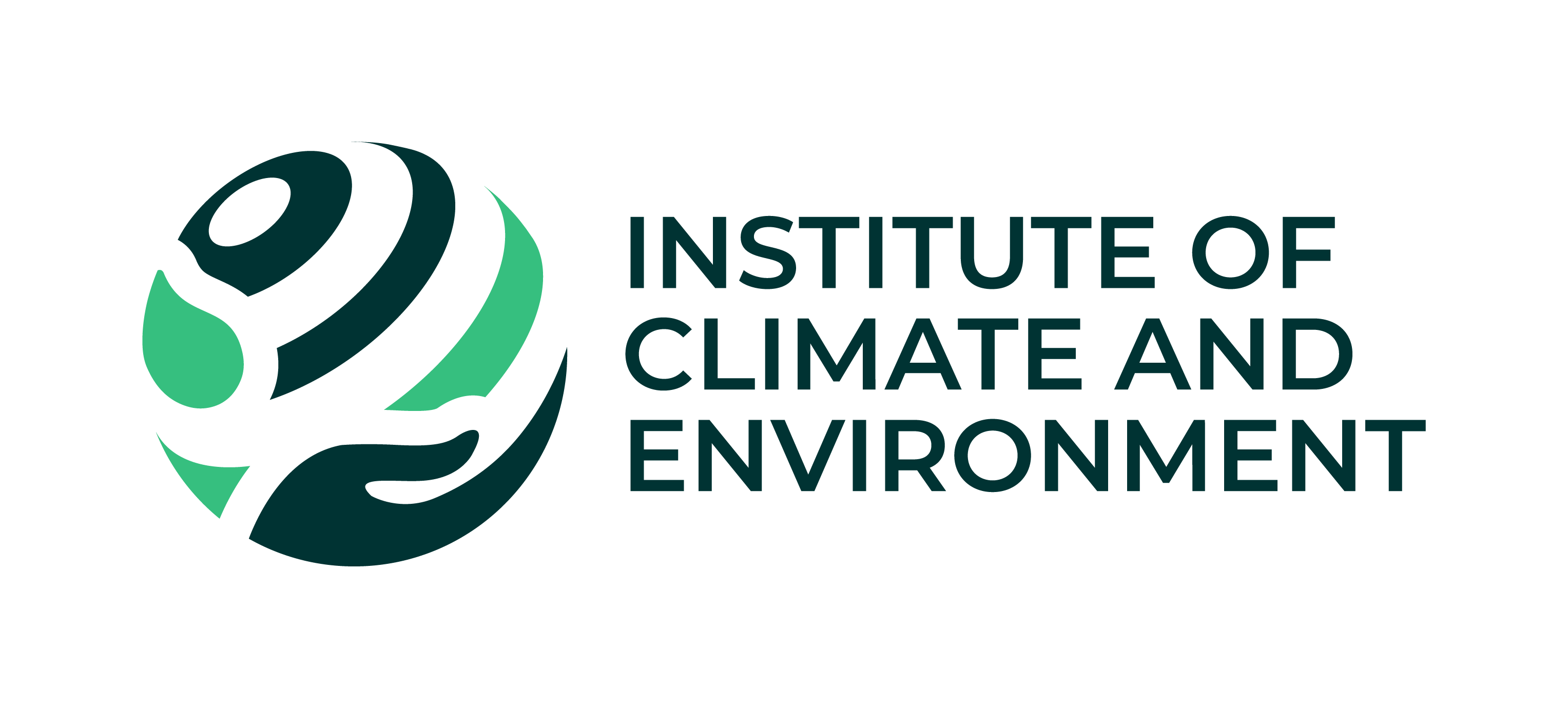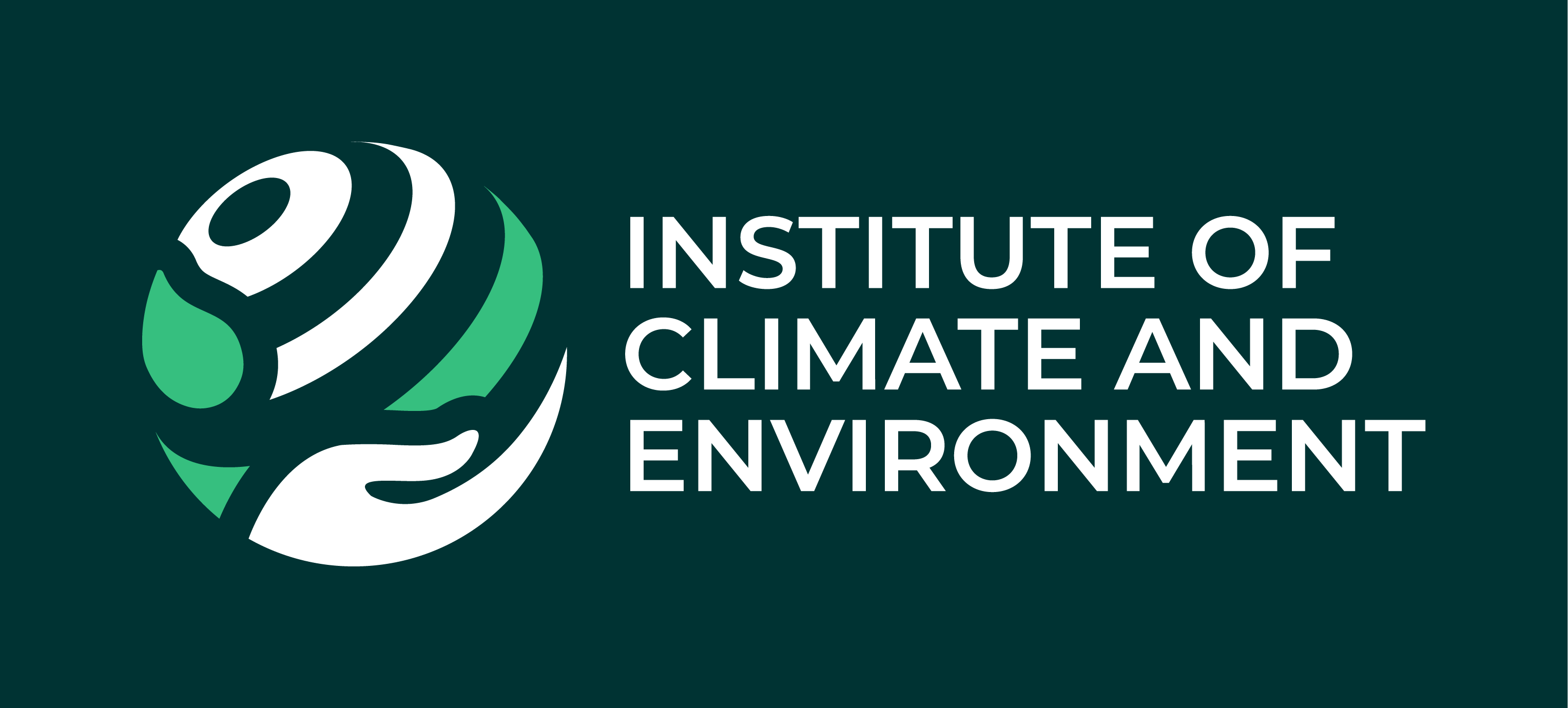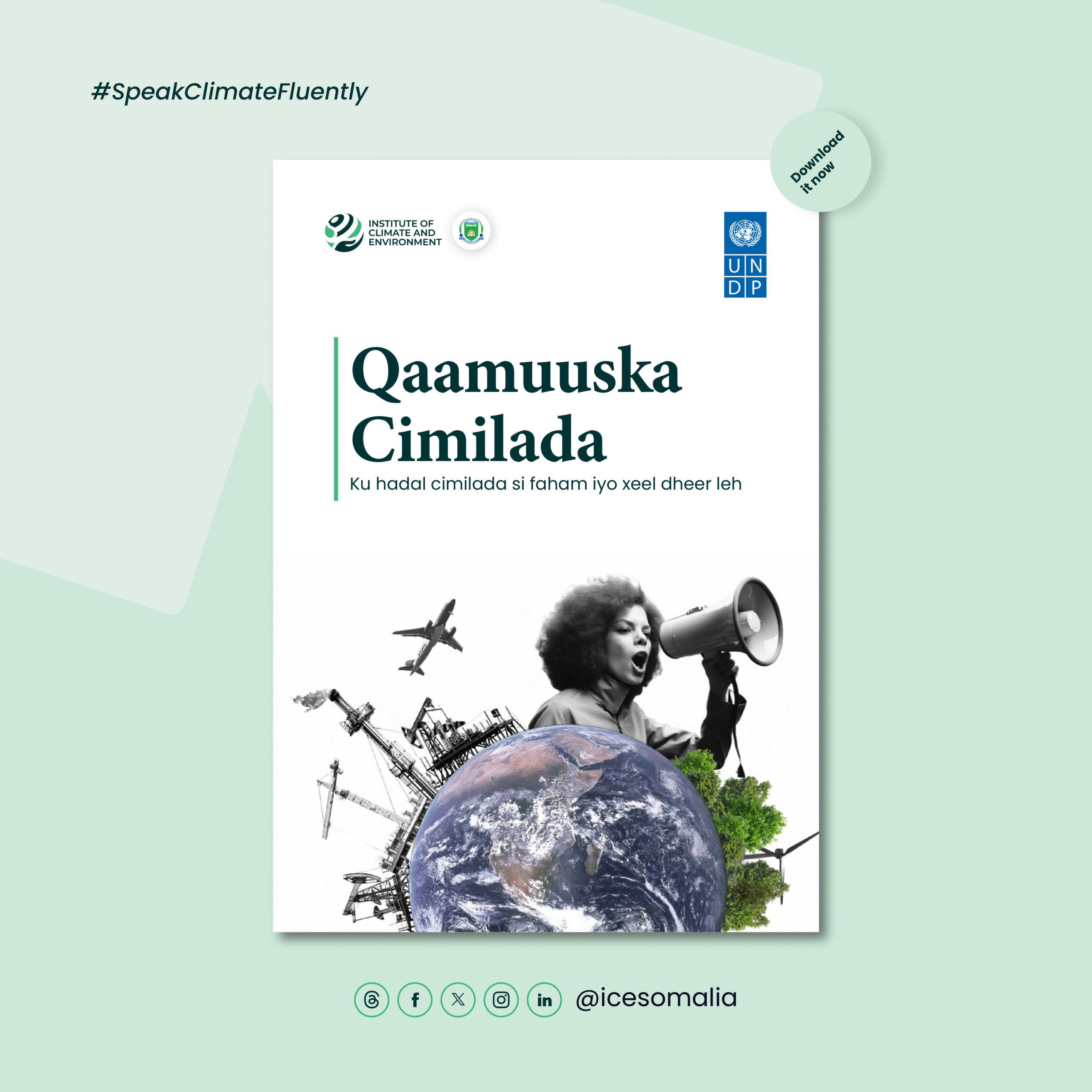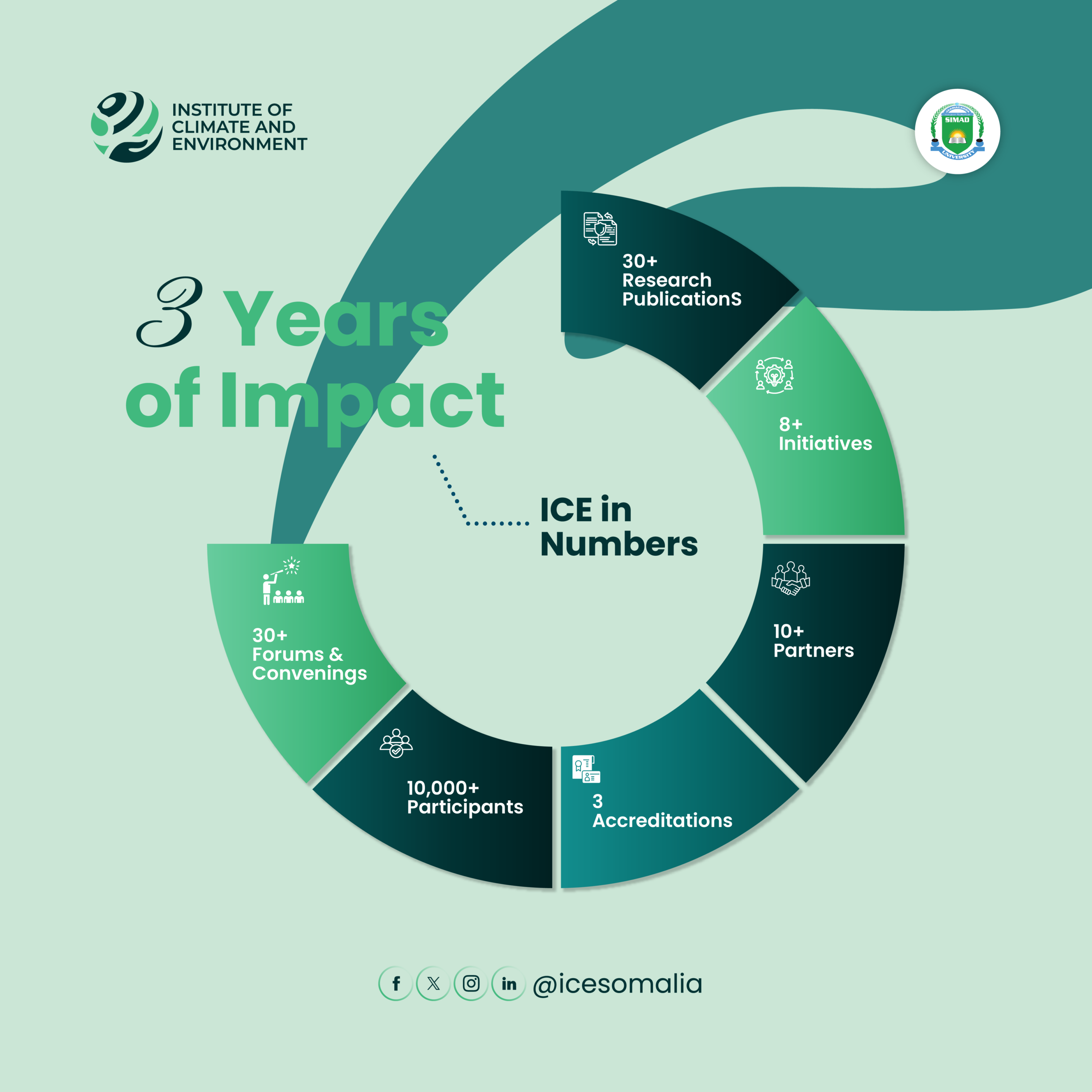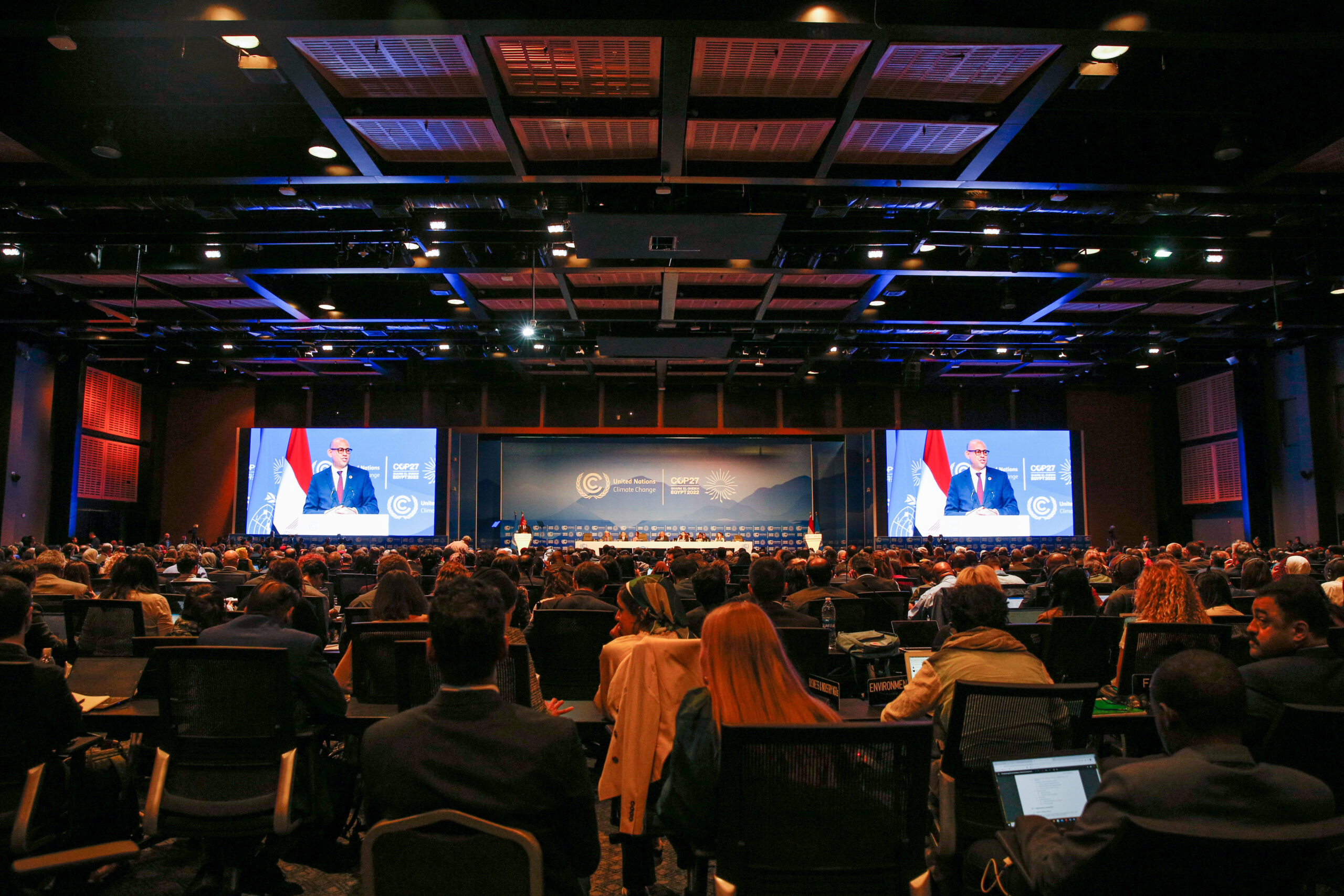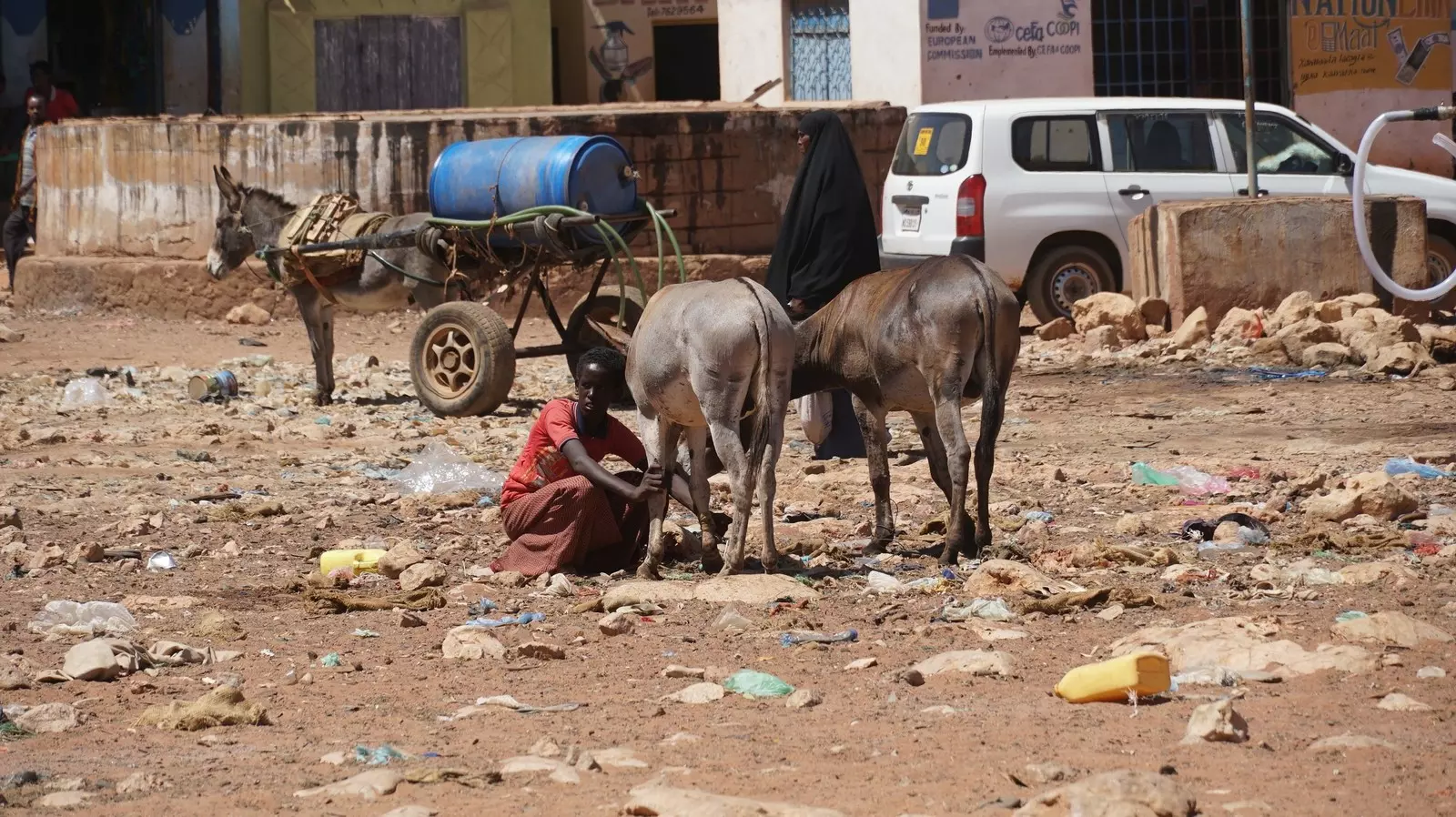
Somalia’s natural ecosystems are under pressure: Sustainable practices can help
Extreme climate events are becoming the norm in Somalia. In the past three decades, the country has faced many ecological crises. The natural environmental ecosystems in Somalia face significant challenges. The country has grappled with climate change, biodiversity loss, land degradation and weak environmental governance. These factors have had detrimental effects on the lives and livelihoods of Somali people. Understanding the four issues damaging Somalia’s natural ecosystems is crucial for exploring practical policy options to deal with the crisis and save Somalia from further existential crises of poverty, conflicts and fragility.
1. Climate change
Climate change is one of the biggest threats and injustices of our time. Natural ecosystems, including people, are in danger of dying out. Although the impact of climate change is a universal catastrophe, not everyone is impacted equally. The Global South bears the burden of the crisis more than the Global North. Somalia is one of the countries most vulnerable to the threats and injustice of climate change, suffering the effects of frequent drought cycles, changes in rainfall patterns and floods. This exacerbates the existing generational crisis of poverty, inequalities, fragility and conflicts. These compounding crises put the existence of Somalia as a nation at risk. In 2023 alone, more than 6 million people are in need of basic necessities and emergency humanitarian assistance following extreme drought. According to the global climate index ND-GAIN, Somalia is the second most climate-vulnerable nation in the world and one of the least prepared to deal with the climate issue. Yet, the country is one of the lowest contributors to global greenhouse gas emissions.
2. Land degradation
Due mostly to a combination of natural and human causes, Somalia has faced land degradation for several decades. Deforestation, droughts, excessive grazing, soil erosion and unsustainable farming practices are some of the contributing factors. Due to deforestation and the unsuitable use of land, animal populations can not meet their nutritional needs and sustainable crop production is unfeasible. A considerable driver of deforestation in Somalia is the rising charcoal demand for household consumption.
The Food and Agriculture Organization of the United Nations (FAO) divides land degradation into three categories. Firstly, biological degradation, which involves the loss of biomass, plant cover and biodiversity; secondly, soil degradation, caused by water, wind and chemical erosion; and, thirdly, water degradation, a result of increased aridity and a reduction in surface water quality.
The government, local people and foreign partners must work together to solve the issues causing land degradation, which is having a substantial impact on Somalia’s environment and its economy. The causes of land degradation can be direct and indirect. Direct causes include human activity exerting pressure on land resources. In Somalia, according to a study by SWALIM, these activities include overgrazing, tree cutting (for fuel and charcoal production) and poor agronomic practices, such as down-slope tillage and the burning of animal manure, instead of incorporating it into the soil. Other causes include the limited use of soil and water conservation practices in crop-production areas and the failure to maintain land degradation control infrastructure. Factors behind the direct causes – such as land tenure, illiteracy, poverty, war and conflict, weak governance and high population density, are considered to be the indirect causes.
3. Biodiversity loss
Somalia is one of the Horn of Africa’s most biodiverse nations, with a high concentration of indigenous species. The variety and endemism of species in Somalia are well known. There are 1,332 animal species and more than 5,000 plant species, with more than 55% of the plant species being indigenous. In terms of floral endemism, Somalia is regarded as a hub; of the 700 species that have been identified, 17% are endemic. Somalia, which has the longest coastline in Africa, is also home to well-developed coral reefs that are rich in species, including fish, dolphins and coral. Biodiversity is declining at an alarmingly rapid rate as a result of poor natural ecosystem involvement. Somalia is experiencing a grave crisis of biodiversity. A significant portion of the nation’s natural ecology has been lost during the past few decades and many plant and animal species are now endangered or extinct. The biggest threats to biodiversity and its ecosystems are violence, overfishing, pollution, invasive alien species and tsunamis. Other dangers include habitat degradation, loss and deterioration. According to the IUCN Red List 2015, Somalia is home to 168 endangered species, including 13 mammal species and 43 plant species.
The loss of biodiversity in Somalia is having a number of negative impacts on the country. If business continues as usual, agricultural products will decline, the loss of livestock will increase and the entire natural habitat will be depleted. As one of the most vulnerable countries to climate change and environmental degradation, the country needs the acceleration of the domestication of the Convention on Biological Diversity (CBD), which is a global legal instrument for “the conservation of biological diversity, the sustainable use of its resources and the fair and equitable sharing of the benefits arising out of the utilization of genetic resources.”
4. Poor environmental governance
Due to fragility and weak governance in Somalia, countless unsustainable behaviours endanger its nature and livelihoods. Ineffective environmental governance has led to overfishing, deforestation, a harmful charcoal trade, illicit logging, wildlife poaching and toxic dumping in the ocean. Natural resources in Somalia, including soil erosion and depletion of water resources, have been degraded because of these issues.
Somalia’s existing system of environmental governance is ineffective and fragmented, with insufficient institutional and legislative frameworks, capacity restrictions and ineffective stakeholder cooperation. It was just one year ago that Somalia’s first Ministry of Climate Change and Environment was formed.
The creation of the National Environment Policy and the Ministry of Environment and Climate Change are two examples of the government’s attempts to address environmental issues, but limited funding and capacity on the part of the government make it difficult to put these policies and initiatives into action.
The way forward
The natural environmental ecosystems in Somalia are under pressure from multiple factors. Land degradation caused by deforestation, unsustainable farming practices and excessive grazing has led to the loss of biodiversity and reduced crop production. Climate change exacerbates Somalia’s vulnerability to droughts, floods and water shortages, impacting agriculture and livelihoods.
Biodiversity loss further threatens Somalia’s ecosystems, as deforestation, overgrazing and illegal hunting disrupt habitats and reduce species populations. Ineffective environmental governance and lack of resources hinder efforts to address these challenges. It is imperative for the government, local communities and the private sector to partner and cooperate in implementing sustainable practices, conservation measures and adaptation strategies to protect and restore Somalia’s natural environment. Concerted efforts are required to mitigate the negative impact of these factors, ensuring a more sustainable future for Somalia’s ecosystems and its people.
This article was originally published on WEF Agenda

